
BY DR. RAVINDER PALL SAINI
INDIAN FOREST SERVICE (RETIRED)
MEMBER, BOARD OF MANAGEMENT
FOREST RESEARCH UNIVERSITY, DEHRADUN.
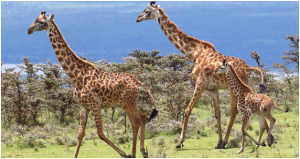
DEHRADUN, 21 JUNE 2023:
World Giraffe Day is an exciting annual event initiated by Giraffe Conservation Foundation (GCF) to celebrate the tallest animal on the longest day or night (depending on which hemisphere you live) of the year – 21 June – every year. In IUCN Red List Giraffe is a vulnerable species and there has been a drop of thirty percent in global Giraffe population since 1980.
Currently, GCF is involved in and supports giraffe conservation initiatives in 18 African countries.
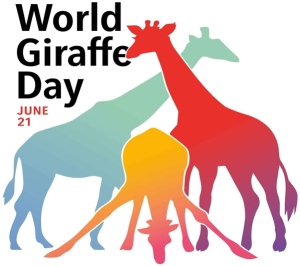
GIRAFFE FACTS:
Latin Name: Giraffa camelopardalis
Distribution:
Giraffe in South Africa occurs in the Kruger National Park National Park and throughout South Africa in provincial nature reserves and private game reserves.
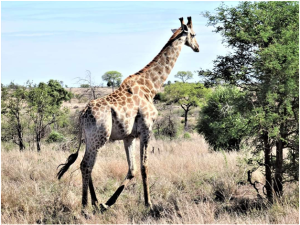
Habitat:
Giraffe prefer open woodland and shrub savannah with enough trees that has palatable leaves, especially acacias which is a favourite food source.
Habits:
Giraffes congregate in herds of up to 20 animals and usually one territorial bull is present. They are often found with Zebra, Blue Wildebeest and Impala.
Difference between bull and cow:
Bulls are larger and usually darker. The bony growth resembling short horns on their heads are actually hair growth. The horns of Bulls are more symmetrical and much thicker than cows. Bulls usually has no tufts or hardly any compared to cows that have tufts of hair on the horns.
Mass:
Bulls – Up to 1400 kilograms
Cows – Up to 1000 kilograms
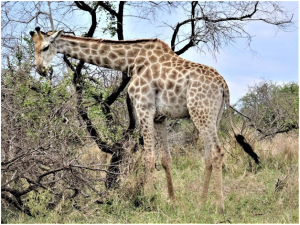
Height:
Bulls can grow up to more than 5 meters. Cows about 4 to 4 ½ meters.
Lifespan:
Can live up to about 28 years.
Breeding / Gestation:
A single calf born throughout the year. The gestation period is 15 months.
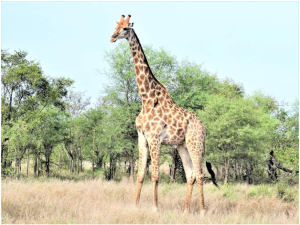
Diet:
Shrubs and leaves especially from acacia trees. Not water dependent but will drink if water is available.
Day or night:
Active by day and night.
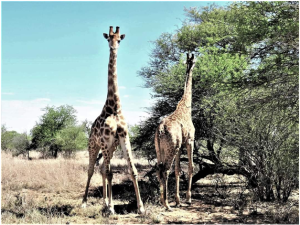
Enemies:
Humans, Lion, Leopard, Spotted Hyena, Leopard, Cheetah, Wild dogs, Nile crocodile. Habitat loss, poaching and illegal wildlife trade are the biggest threats of survival for the tallest animal on earth.
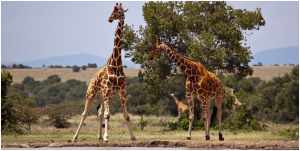
Interesting facts:
They can run steadily at speeds of up to 55 km/h for quite a distance. Giraffes can deliver a very powerful and fast kick with front and back feet.
(Pictures by the author during his visit to Kruger National Park in November 2017)

Advertisement:






























Add Comment